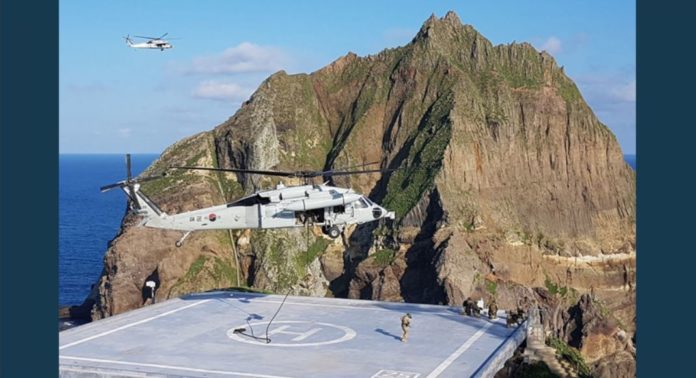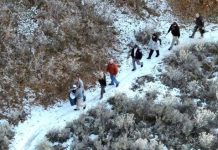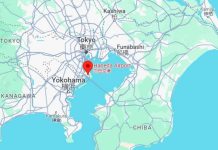
April 1 (UPI) — Japanese textbooks that refer to the South Korea-administered Dokdo Islets are sparking controversy after they were approved for use at Japanese public schools.
The high school textbooks, which were endorsed by Japanese authorities on Tuesday, refer to South Korea’s administration of Dokdo as an “illegal occupation,” South Korean television network KBS reported Wednesday.
The reference has triggered anger in South Korea, where the government has urged Japan to listen to the grievances of victims of colonization, including former “comfort women” coerced to serve in wartime brothels and forced laborers.
While the Dokdo Islets are uninhabited and falls under South Korean jurisdiction, Japan has claimed the islets are its own. The latest textbooks do not mark the islets as part of Japanese territory, however, according to KBS.
Reports of the Japanese textbooks have compelled South Korean educators to respond to the controversy.
Lee Hyun, a South Korean teacher at Cheorwon Elementary School, said that evidence he found indicates Japan did not include Dokdo in early modern maps of its territory.
Lee told KBS a Japanese map from 1904 does not show the islets.
Other evidence, including a map that was published by Japanese newspaper Yomiuri Shimbun in 1952, does not show Dokdo, according to KBS.
A Japanese middle school history textbook also is coming under scrutiny in Korea.
South Korean television network JTBC reported Wednesday the new textbook embellishes a colonial-era policy of name change. During the bygone era, Koreans were pressured to adopt Japanese names. The textbook claims the Korean population benefited from Japanese name adoption because many Koreans shared common surnames like Kim, Lee and Park, according to JTBC.
The Japanese textbook also refers to World War II as a war to defend Japan and includes a photo of the U.S. battleship Arizona engulfed in flames in the aftermath of the attack on Pearl Harbor, according to JTBC.






